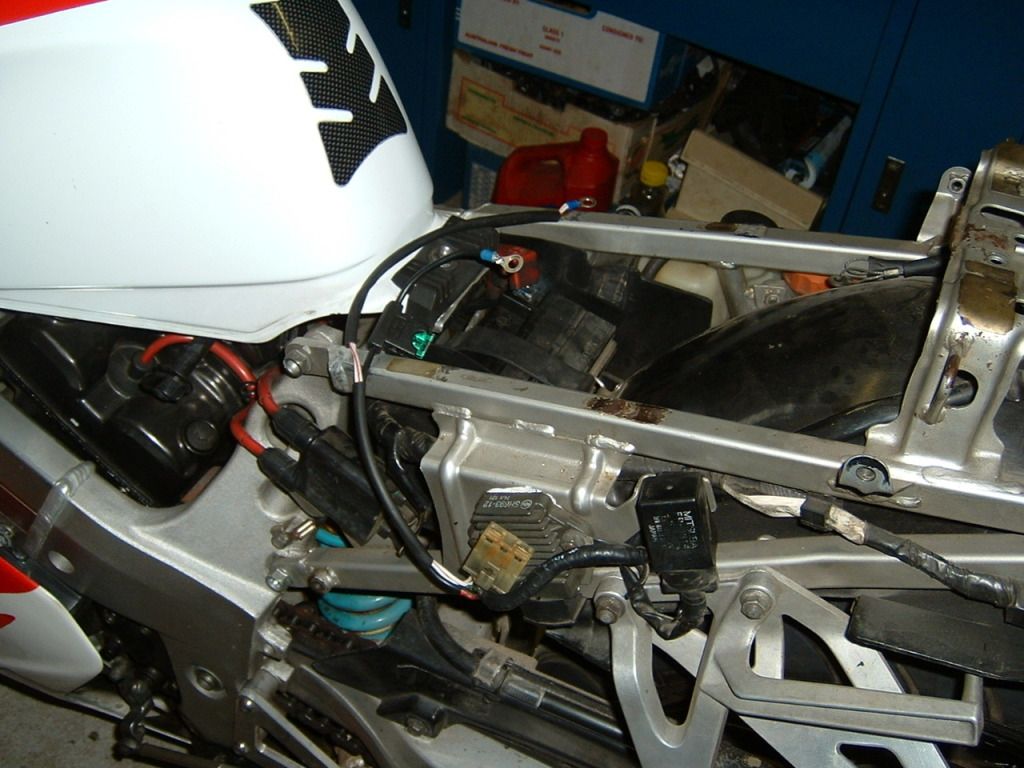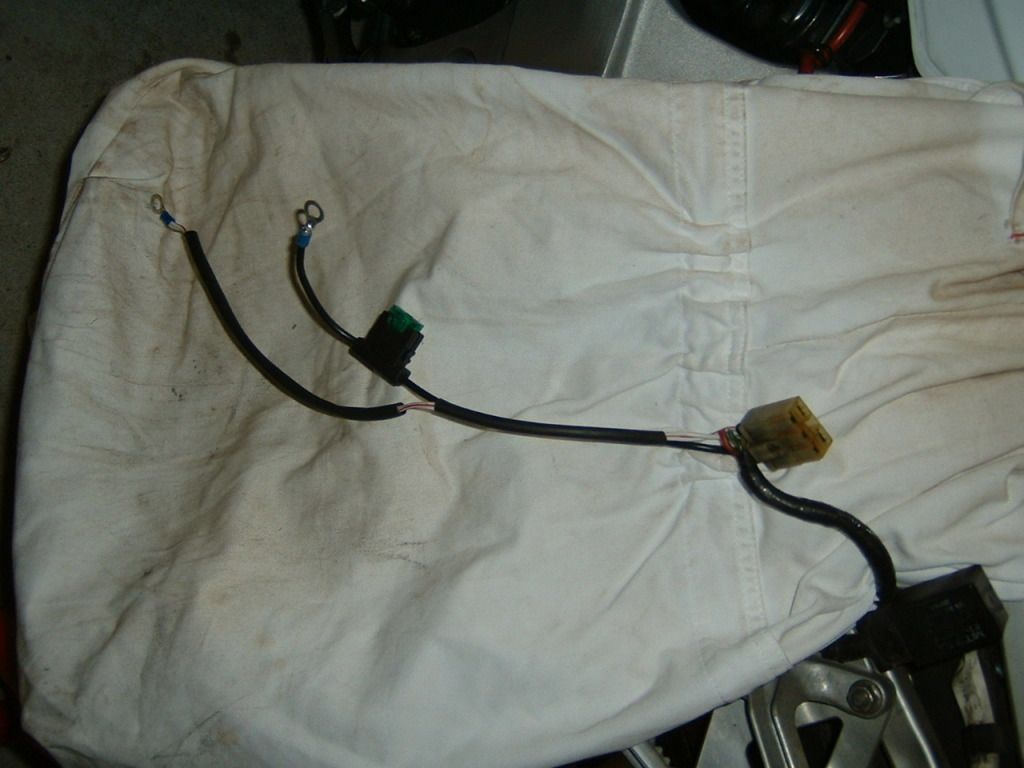Charging System Wiring Improvement
Posted: Tue Jul 17, 2012 8:32 am
This topic may have been raised in an earlier post, if so my apologies for recycling old news.
For those NC30 owners that do not achieve the magical 14 volts across their battery, only managing 13 volt or so, and cannot find fault with the stator or rect/reg, I suggest that the problem could be the voltage drop in the wiring system.
My bike has been a victim of this conundrum for some time, but because I only make long journeys of some hours the battery charge has been maintained. Those that make frequent short journeys may eventually suffer from an undercharged battery because of many starts and low charging voltage.
The wiring system loss can be be confirmed by measuring the voltage directly at the output of rect/reg. If the voltage measured is 14 volts or more then the wiring loom losses are responsible for the reduced voltage at the battery.
Easy fix is to remove the loom wires at the rect/reg output connector and replace them with new wires that run directly from to the battery. An inline 30A fuse should be included to protect the battery in the event of a rect/reg fault. This arrangement ensures that the full output voltage from the rect/reg gets the the battery.
In my case the battery voltage prior to the wiring change was barely 13 volts and could dip lower with increasing engine rpm. With the change to the wiring as outlined above the battery voltage is now 14.5 volts.
For those NC30 owners that do not achieve the magical 14 volts across their battery, only managing 13 volt or so, and cannot find fault with the stator or rect/reg, I suggest that the problem could be the voltage drop in the wiring system.
My bike has been a victim of this conundrum for some time, but because I only make long journeys of some hours the battery charge has been maintained. Those that make frequent short journeys may eventually suffer from an undercharged battery because of many starts and low charging voltage.
The wiring system loss can be be confirmed by measuring the voltage directly at the output of rect/reg. If the voltage measured is 14 volts or more then the wiring loom losses are responsible for the reduced voltage at the battery.
Easy fix is to remove the loom wires at the rect/reg output connector and replace them with new wires that run directly from to the battery. An inline 30A fuse should be included to protect the battery in the event of a rect/reg fault. This arrangement ensures that the full output voltage from the rect/reg gets the the battery.
In my case the battery voltage prior to the wiring change was barely 13 volts and could dip lower with increasing engine rpm. With the change to the wiring as outlined above the battery voltage is now 14.5 volts.

